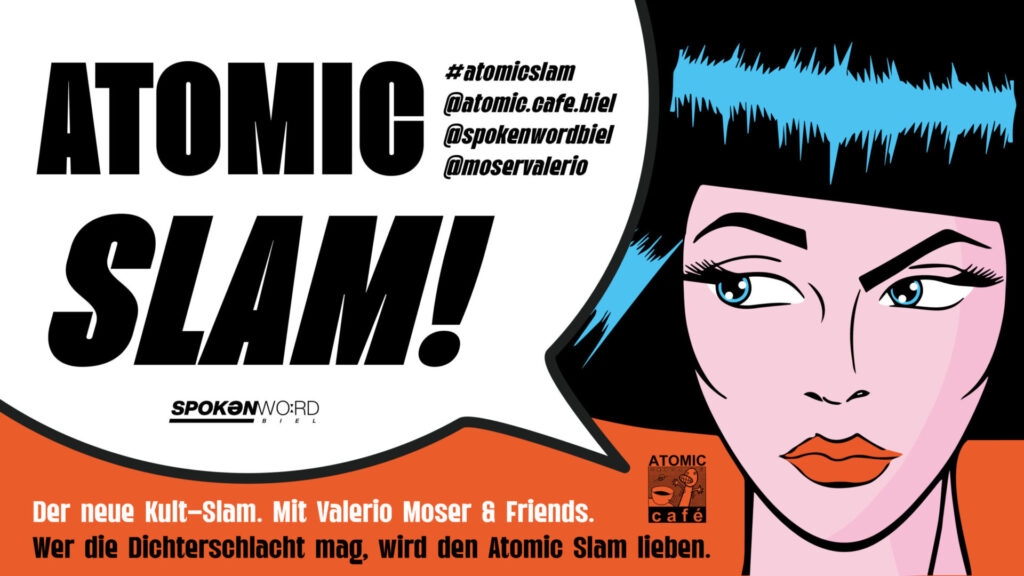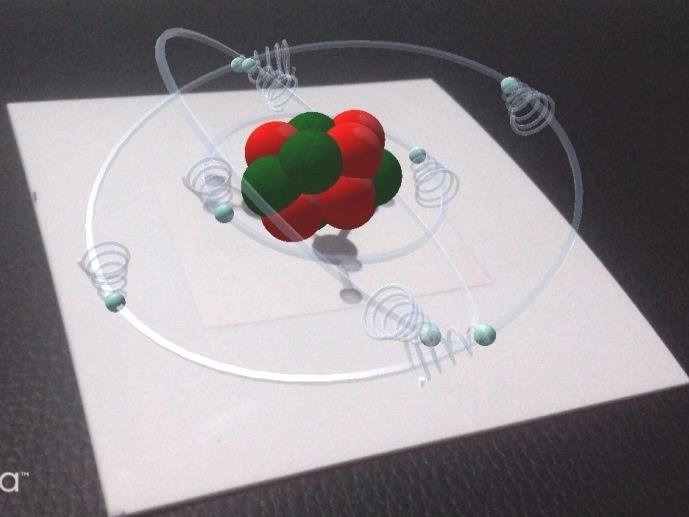
Do you find traditional science projects a bit mundane? Are you looking for a way to bring excitement and innovation to the world of atoms? Well, you’re in for a treat! In this article, we’ll dive into the realm of 3D atom model projects that not only make science more engaging but also unleash your creativity. Get ready to embark on a journey of discovery and hands-on learning.
1. The Edible Atom: A Tasty Exploration
Delve into the delicious side of science by creating an edible atom model. Utilize various food items to represent protons, neutrons, and electrons. Imagine biting into the nucleus or nibbling on orbiting electrons – a unique and interactive way to understand atomic structures.
2. Atom Mobiles: Turning Science into Art

Transform your understanding of atoms into a visual masterpiece with an atom mobile project. Craft atoms from different materials, attach them to strings, and create a mobile that showcases the dynamic dance of particles. Hang it in your room for a daily dose of scientific art.
3. Atomic Dioramas: Bringing Atoms to Life
Construct a miniature world inside a shoebox where atoms take center stage. Use colored paper, clay, and imagination to portray the dynamic interactions within an atom. This project not only enhances your knowledge but also lets you become the director of your atomic theater.
4. Balloon Nuclei: A Burst of Learning
Get hands-on by using balloons to represent atomic nuclei. Fill them with various materials to mimic protons and neutrons. Attach smaller balloons to represent electrons orbiting around. It’s a burst of fun and learning rolled into one!
5. Atomic Fashion Show: Strutting the Subatomic Runway

Combine science and style by creating an atomic fashion show. Design outfits that represent different elements, with each model embodying a specific atom. It’s a quirky way to showcase your understanding of atomic structures and strut your scientific stuff.
6. LEGO Atom Models: Building Blocks of Science
Unleash your inner architect by constructing atom models using LEGO bricks. Assign different colors to represent protons, neutrons, and electrons. It’s a hands-on approach that makes complex science as easy as child’s play.
7. Atomic Collages: Piecing Together the Puzzle
Gather magazines, newspapers, and colored paper to create an atomic collage. Cut out images and words that represent the components of an atom. It’s a visual representation that turns a science project into a personalized work of art.
8. Atomic Poetry Slam: Rhyming with Electrons

Fuse science with literature by creating atomic poems. Write verses that capture the essence of atoms, with each line representing a different element or particle. It’s a poetic exploration of the microscopic world.
9. Virtual Reality Atom Tours: A Futuristic Exploration
Step into the future by creating a virtual reality tour of the atomic world. Use VR technology to allow users to explore the intricacies of different atoms. It’s a project that combines cutting-edge technology with scientific curiosity.
10. Elemental Board Game: Rolling the Dice of Science
Craft a board game that takes players on a journey through the periodic table. Use dice, cards, and creative rules to make learning about elements an exciting and competitive adventure. It’s a game-changer in the world of science projects.
11. Atom Storybooks: Tales from the Microcosm
Turn science into storytelling by creating atom storybooks. Write narratives that personify atoms and their adventures. It’s a project that not only enhances scientific understanding but also fosters a love for storytelling.
12. Atomic Jigsaw Puzzles: Piecing It All Together
Challenge yourself with the creation of atomic jigsaw puzzles. Break down the components of atoms into puzzle pieces, and have fun putting them back together. It’s a tactile and visual way to grasp the intricate nature of atomic structures.
13. Augmented Reality Atom Exhibits: Seeing the Unseen

Explore the unseen with augmented reality atom exhibits. Use AR technology to create interactive displays that reveal the hidden world of atoms. It’s an innovative approach that brings science to life in ways unimaginable.
14. Atomic Shadow Boxes: Illuminating Science
Craft shadow boxes that showcase the three-dimensional aspects of atoms. Use light and layers to highlight the different components. It’s a visually stunning project that adds depth to your understanding of atomic structures.
15. Atomic Music Compositions: Harmonizing Elements
Wrap up your 3D atom model journey with a musical twist. Create compositions where each musical element represents an atomic component. It’s a symphony of science that engages both the auditory and analytical senses.

In conclusion, 3D atom model projects offer a gateway to a dynamic and immersive understanding of the microscopic world. From edible atoms to atomic fashion shows, these projects not only make science fun but also tap into your creative reservoir. So, roll up your sleeves, gather your materials, and let the world of atoms unfold in ways you never thought possible.
Conclusion: Unleashing Your Atomic Creativity
Embarking on a 3D atom model project journey is not just about understanding the microscopic world but also about unleashing your creativity. From edible atoms to augmented reality exhibits, these projects blend science with art, making learning an engaging and memorable experience. So, dive in, explore, and let your imagination run wild in the fascinating realm of atomic creativity!
Read More
- Arduino Smart Light Control Benefits
- Arduino Smart Light Control Project Ideas
- Design An RFID-Based Access Control with Disinfectant Booth
- 3d Atom Model Project Ideas
FAQs: Unlocking the Mysteries of 3D Atom Models
Q1: Can these projects be done by students of all ages? Absolutely! The beauty of these 3D atom model projects lies in their adaptability. They can be tailored to suit the age and comprehension levels of students, from elementary to high school.
Q2: Are these projects suitable for a science fair? Certainly! Many of these projects are not only educational but also visually appealing, making them ideal for science fairs. They have the potential to captivate both judges and fellow students.
Q3: How can I incorporate these projects into a virtual learning environment? For virtual learning, consider projects like virtual reality atom tours or augmented reality exhibits. These can be experienced remotely, providing an immersive learning experience for students.
Q4: Are there any safety considerations for edible atom projects? While edible atom projects are generally safe, it’s essential to consider any allergies students may have. Always check with students and their parents/guardians to ensure a safe and enjoyable experience.
Q5: Can these projects be modified for homeschooling purposes? Absolutely! The versatility of these projects makes them well-suited for homeschooling. They can be adapted to align with specific curriculum requirements and provide hands-on learning experiences for homeschool student


